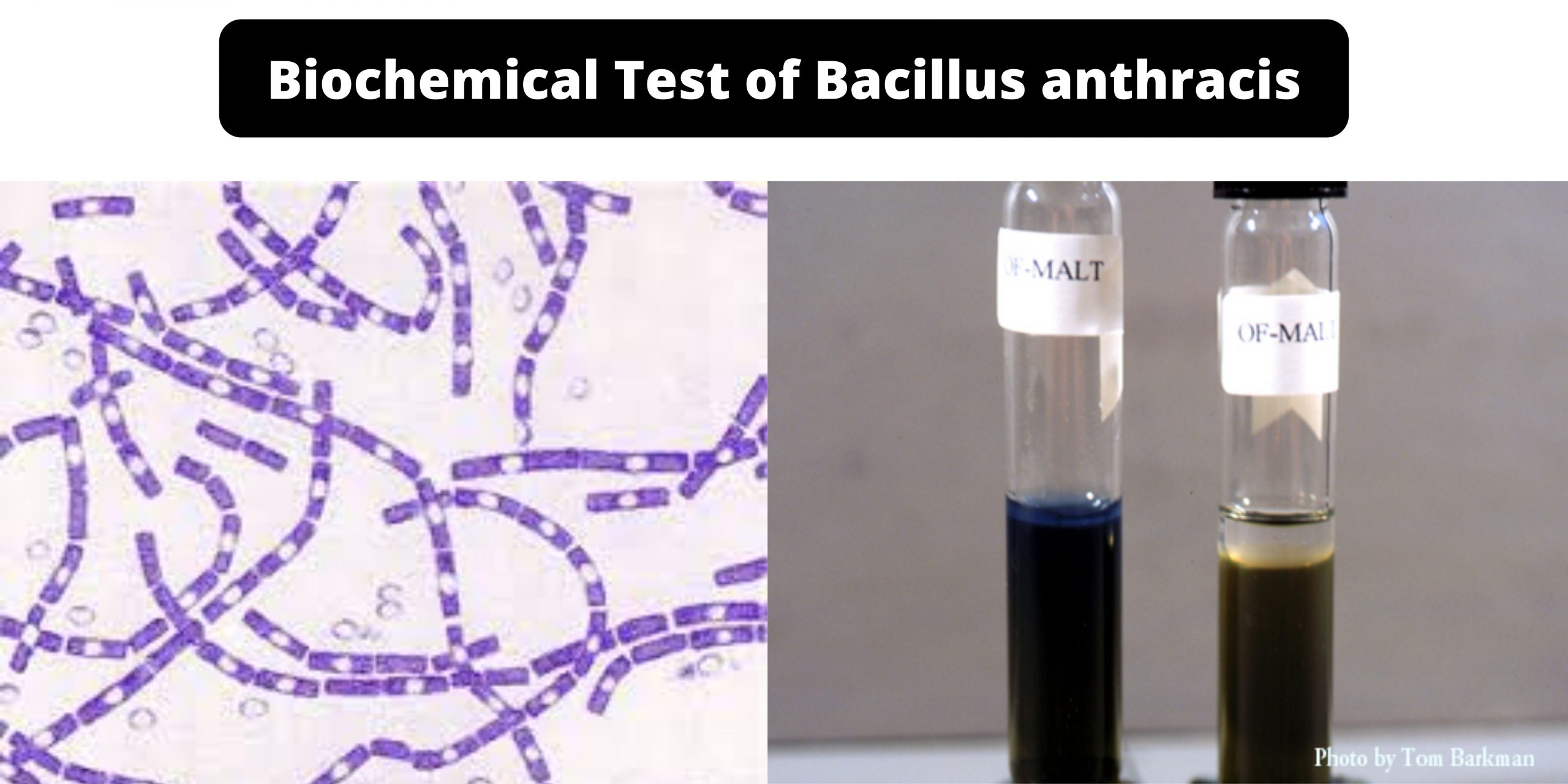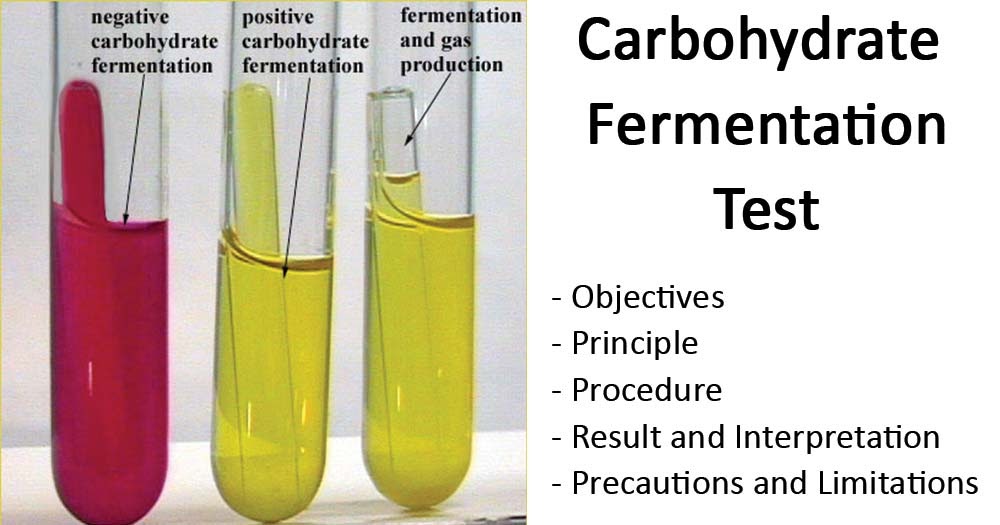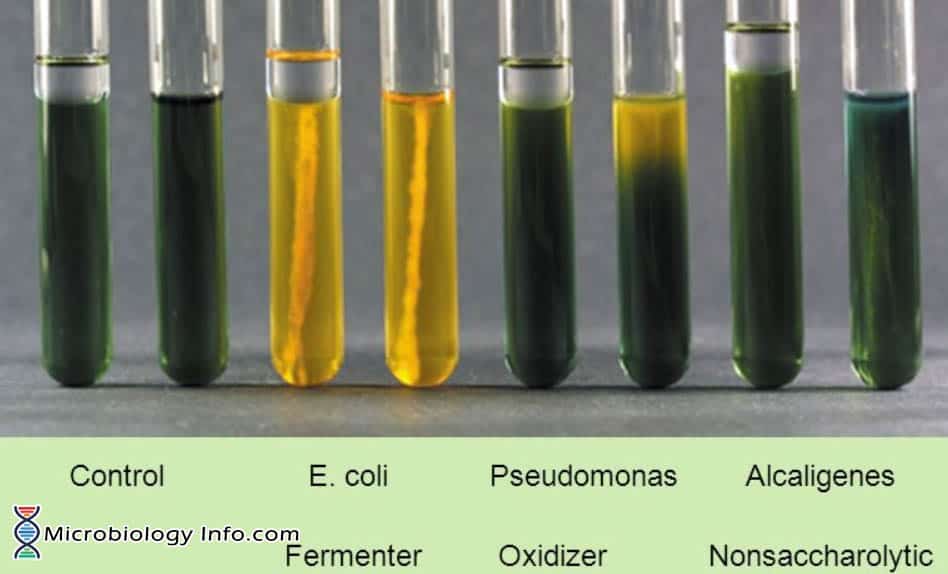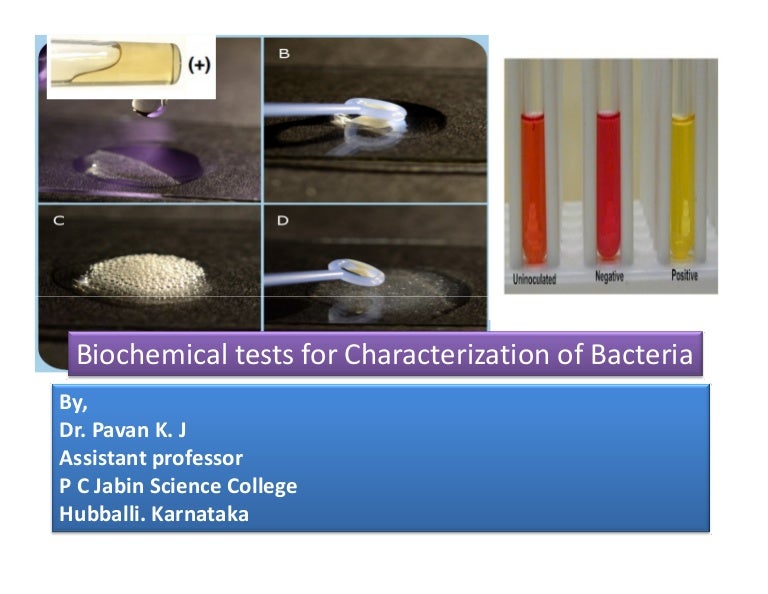
Biochemical Test of Bacillus anthracis
Biochemical testing is necessary to identify the organism up to the species level. Following biochemical characteristics help to identify B. cereus from other species of Bacillus. Inability to produce acid from mannitol. Production of lecithinase. Bacillus cereus is usually motile by peritrichous flagella. A few B. cereus strains are non-motile.

Biochemical Tests summary BIOCHEMICAL TESTS( for gram bacilli) STARCH HYDROLYSIS Based on
The versatile physiology of Bacillus spp. requires biochemical tests for their identification [9]. 16S rRNA gene sequence analysis has proved to be of evident for phylogenetic analysis of bacteria [10]. Bacillus species may be divided into five or six groups (groups I-VI), based on 16S

Common Bacteria Biochemical Test Demonstration Introduction, Common
Considering the difficulties in the identification of Bacillus species and the poor microbiological quality of many probiotic formulations, we used three up-to-date methodological approaches for analyzing the content of ten formulations marketed in Italy and labeled to contain Bacillus spores.

Bacillus Biochemical Test
Biochemical characterization is routinely used to distinguish between closely related Bacillus species. Some of the biochemical tests which are mostly given positive by most of the Bt strain includes utilization of carbohydrates, Voges-Proskauer test, nitrate reduction test, citrate utilization test, hydrolysis of starch and casein, liquefaction of gelatin, decomposition of tyrosine.

Biochemical tests and probable identification of Bacillus isolates... Download Table
Through isolation and culture of the unknown bacteria, the culture characteristics, morphology observation, biochemical test, preliminary antibacterial test, 16S rRNA PCR amplification, sequence analysis, and homology analysis were performed. It was found that the bacteria are Gram positive spore chain Bacillus.

Biochemical Tests for Bacteria Bacterial Species Identification
We compared the performance of biochemical tests based on the BCL Vitek2 card and MALDI-TOF mass spectrometry, using 16S rDNA sequencing as the reference technique. The BCL card performed well in identifying all Bacillus probiotic strains as well as the Bruker's MALDI Biotyper.

Biochemical Test Archives Microbiology
Biochemical Test of Bacillus cereus Basic Characteristics Properties (Bacillus cereus) Catalase Positive (+ve) Citrate Positive (+ve) Gelatin Hydrolysis

Results of tests that carried out on Bacillus cereus identification. Download Scientific Diagram
In this study, Bacillus strains isolated from the coastal environment of Cochin, India were identified by detailed conventional biochemical methods, fatty acid methyl ester (FAME) analysis and partial 16S rDNA sequencing.

Biochemical tests for characterization of bacteria
November 2019: Section H.8. Addition of link to protocol for quantitative analysis for cereulide in food products. January 2012: The Bacillus Chapter has been updated with the inclusion of a new.

Biochemical tests for confirmation of Bacillus subtilis Download Scientific Diagram
Last updated: August 9, 2022 by Sagar Aryal Biochemical Test and Identification of Bacillus subtilis. Characteristics of Bacillus subtilis. Bacillus subtilis biochemical tests.

The Biochemical Tests Used to Identify the Bacterial Isolates Download Scientific Diagram
Biochemical Test and Identification of Bacillus anthracis. It is gram-positive, capsulated, non-motile, spore forming rods shaped bacteria.

Biochemical Tests for Bacterial Identification (Part1)_TSI, MIU, MRVP, Lysin, Urea, Citrate
The genus Bacillus is a phenotypically large, heterogeneous collection of Gram-positive or Gram-variable spore-forming, aerobic or facultative anaerobic bacteria that have undergone considerable reclassification following the advances in molecular biology techniques [ 1, 2 ].

Bacterial Biochemical Tests Introduction, List of Tests, Text Links and Vis
A system is described for the rapid and accurate identification of Bacillus isolates using a matrix of results from tests in the API 20E and API 5OCHB strips and from supplementary tests. API System tests have been shown to be more reproducible than the classical tests. A taxonomy based upon API tests is in good agreement with those obtained by other methods. The results matrix can also be.

the result of biochemical tests that confirmed the isolated strain to... Download Scientific
Bacillus spp. produce a broad range of peptide antibiotics with significant therapeutic properties, including bacitracin, polymyxin, gramicidin, tyrocidine, subtilin, and bacilysin (Awais et al.,.

Biochemical tests for identification of Bacillus sp. OGUB 001 and other... Download Table
Biochemical tests were performed on the strains with morphological features characteristic of the genus Bacillus spp. and compared with the antecedents 31,32,33. The results indicate a positive.

Biochemical test reaction interpretation of Gram negative bacterium TSI
Last updated: August 9, 2022 by Sagar Aryal Nitrate Reduction Test - Principle, Procedure, Uses and Interpretation Biochemical Test and Identification of Proteus mirabilis Biochemical Test and Identification of Citrobacter freundii Biochemical Test and Identification of Bacillus cereus.